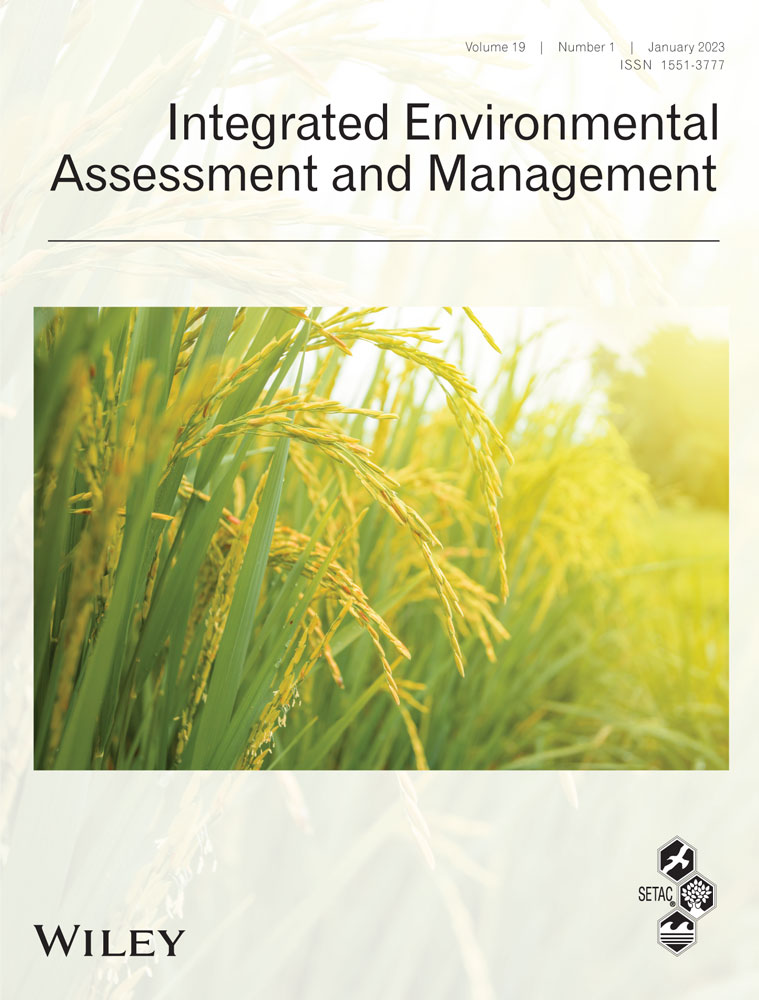ECETOC Task Force studies criteria to identify potential drinking water contaminants
An ECETOC Task Force, established to study how best to create a reliable approach to identify potential drinking water contaminants, has recently published its key findings in Integrated Environmental Assessment and Management (IEAM). Read the full article here.
Europe uses roughly 140 billion cubic meters of fresh water a year. Of this, drinking water accounts for about 40 billion m3 and the remaining fresh water is mainly used as cooling in energy production and for agriculture irrigation.
To protect Europe’s drinking water resources from chemical contamination, the German Environment Agency (UBA) proposed new criteria to identify persistent, mobile and toxic (PMT) chemicals and very persistent and very mobile (vPvM) chemicals under the EU REACH Regulation. This is based on the assumption that a combination of persistence and mobility determine the ability of a chemical to reach drinking water sources – and, when combined with toxicity, pose a potential risk to human health.
In 2020, the European Commission adopted its Chemicals Strategy for Sustainability, which proposes changes to the EU classification, labelling and packaging (CLP) Regulation. This forms part of the EU’s zero pollution ambition – a key commitment of the European Green Deal – and aims to better protect citizens and the environment from harmful chemicals. It is also intended to boost innovation by promoting the use of safer and more sustainable chemicals. The Strategy foresees that new hazard classes should be developed for PMT chemicals and for vPvM chemicals under the EU classification, labelling and packaging (CLP) Regulation, and the Commission has recently launched a public consultation on this.
The ECETOC Task Force examined the available scientific knowledge and explored options for ensuring protection of drinking water sources, including consideration of the above-mentioned PMT/vPvM criteria.
The Task Force´s key findings were as follows:
- The detection of chemical substances in drinking water sources is not directly correlated to the key P and M metrics proposed
- Other factors such as the chemical´s use pattern, compartments of environmental release and release rates may significantly contribute to the occurrence of contaminants in drinking water resources
- To inform the EU Commission’s work on the introduction of new hazard classes for PMT and vPvM, a tiered approach for assessment of a chemical’s potential to reach drinking water resources is proposed
- The tiered approach considers a screening for potential mobility (M) and then incorporates higher tier assessment tools, models and monitoring data in an increasingly detailed weight of evidence approach, commensurate with the nature of the substance and the data available.
- Key knowledge and data gaps were highlighted to develop better understanding of the relevant mechanisms dictating the mobility of chemicals in surface and groundwater, with the aim of improving predictability
- Identified research topics include the identification of a more appropriate screening metric for ionisable substances, the effects of low organic carbon content in sub-surface soil horizons, the impact of application of realistic exposure scenarios on aged sorption mechanisms and formation of non-extractable residues, and the relative impact of bank filtration processes.
The Task Force’s full study has been published in the scientific journal IEAM and can be accessed here. This work is a follow-on to the Task Force’s Technical Report No. 139 ‘Persistent chemicals and water resources protection’, published in May 2021

